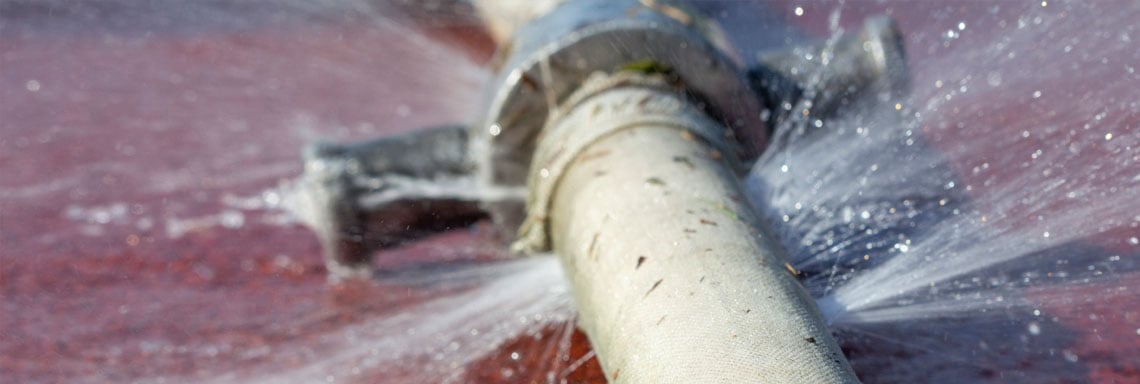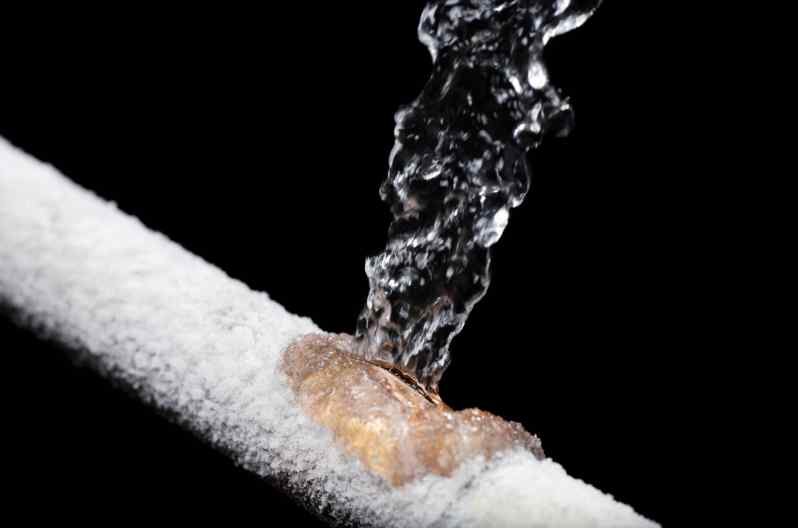Do you find yourself hunting for help and advice on How to install a dishwasher safely?

A ruptured pipe is a significant emergency; you can only stand as you view water you pay dearly to rejoin with the planet. In worse cases, you notice a swimming pool on your kitchen flooring, which is a great journey risk, particularly if you have children around. If the pipeline that burst was in your wall surfaces, bad news: you may require to repaint that whole section.
Exactly how can a disaster like a ruptured pipe be protected against as well as managed? Well, by listening to your specialist emergency plumbings and complying with these regulations.
How do I understand when my pipelines have ruptured?
Rising and fall water stress
Pipelines do not just burst in a day. You might have noticed that your kitchen area tap or shower does not run instantly when you turn the tap. It may stop for a few seconds and afterwards blast you with even more pressure than usual.
In various other instances, the water might seem typical in the beginning, after that drop in pressure after a few seconds.
Contaminated water
Many people presume a burst pipeline is a one-way electrical outlet. Fairly the contrary. As water drains of the hole or gouge in your plumbing system, impurities discover their way in.
Your water might be infected from the source, so if you can, examine if your water container has any type of issues. However, if your drinking water is provided and purified by the local government, you need to call your plumber immediately if you see or smell anything amusing in your water.
Puddles under pipes as well as sinks
When a pipeline bursts, the outflow creates a pool. It might appear that the puddle is expanding in dimension, and no matter the amount of times you wipe the puddle, in a couple of minutes, there's another one waiting to be cleaned. Often, you may not be able to trace the pool to any visible pipes. This is a sign to call an expert plumber.
Damp walls and water spots
Prior to a pipeline bursts, it will leakage, a lot of times. If this consistent dripping goes unnoticed, the leakage might finish into a wide gouge in your pipe. One simple means to avoid this emergency is to keep an eye out for damp walls ad water discolorations. These water discolorations will certainly lead you right to the leak.
Untraceable trickling sounds
Pipeline bursts can take place in the most undesirable locations, like within concrete, inside wall surfaces, or under sinks. When your house goes silent, you may be able to hear an aggravatingly consistent leaking sound. Also after you've examined your shower head as well as cooking area tap, the dripping may proceed.
Dear reader, the trickling might be originating from a pipe inside your walls. There isn't much you can do concerning that, except tell a specialist plumber.
Show up the Heat
Establish followers to blow warmth into cold spaces. Keep the garage door shut. If you have actually reduced water circulation, warm the most at risk pipelines (typically in cellars and crawl spaces or near exterior walls) with a hair dryer. Leave the tap on while you use heat. As you melt ice, the flow will enhance. To avoid pipes from cold, shield your walls.
Beginning Getting Rid of the Water
Get hold of the mop, pails and a store vacuum cleaner to start to get rid of the water due to the fact that you absolutely don't desire it saturating right into everything else in your home. Plus, a quick tidy up will certainly reduce the possibilities of something obtaining moldy.
What do I do when I identify a ruptured pipe?
Your water meter will certainly continue to run also while your water wastes. To decrease your losses, discover the major controls as well as transform the supply off. The water pipe are an above-ground structure at the edge of your home.
How to Fix & Detect a Leaking Pipe
How Do I Know if a Pipe is Leaking?
Leak detection tests can help you determine if your pipe has a leak. Even if you don’t see an apparent leak, you should still conduct leak detection tests regularly to save water and money—and prevent major damage to your home.
Water meter. It can be helpful to figure out what your usual water meter usage numbers are and then monitor them regularly. To monitor your meter, first, turn off all water faucets in your home. Check the meter and write down the numbers. In a few hours, check the meter again. If the numbers have changed, you have a leak. Water gauge. Use a water gauge to test your water pressure. Your showerhead should produce a certain amount of water pressure based on its model and design. If the pressure is lower than it is supposed to be for that specific showerhead, your home likely has a leak. Puddles. Look inside your bathroom, laundry, and kitchen sink cabinets. Puddles around the cabinets or around toilets, tubs, showers, and washing machines indicate the presence of a leaking pipe. You may also notice loose tiles, peeling or flaking paint, or mold caused by water accumulation. Napkin test. Even if you don’t see any puddles, you may still have a leak. You can test for water leaks in the bathroom, laundry, and kitchen by wiping below-sink connections with a napkin, paper towel, or piece of toilet paper. If it becomes damp, you probably have a leaking pipe under the sink. Discolored walls. Walls that are discolored—usually with brown or yellow stains—or bulging might mean that they have been impacted by water damage caused by a leaking pipe. Smell. A leaky pipe will create sitting water, and over time, that water may develop a musty smell. If your home smells musty, but you can’t locate the source, it may be due to a leak. Steps for Fixing a Leaking Pipe
A leaky drain can be remedied by tightening the pipe base, replacing the drain seal, caulking the rim, and tightening the pipe nut. Similarly, a leaking toilet pipe can be treated by tightening the packing nut. You may also need to replace the valve. A leaky faucet may just need tightening or replacement of the washers. If that doesn’t work, consider replacing your faucet. If your pipe has a hole in it, you may want to use a pipe leak sealer or pipe leak tape. This quick fix for water pipe leaks can also temporarily fix a copper pipe leak. https://www.ahs.com/home-matters/quick-tips/how-to-tell-if-pipes-are-leaking/

Do you like reading about How to Install and Connect a New Dishwasher? Post a short review directly below. We'd be glad to see your reactions about this post. In hopes that you visit us again in the future. Sharing is nice. You won't know, you may just be helping someone out. Kudos for your time. Don't forget to stop by our blog back soon.
Schedule Here